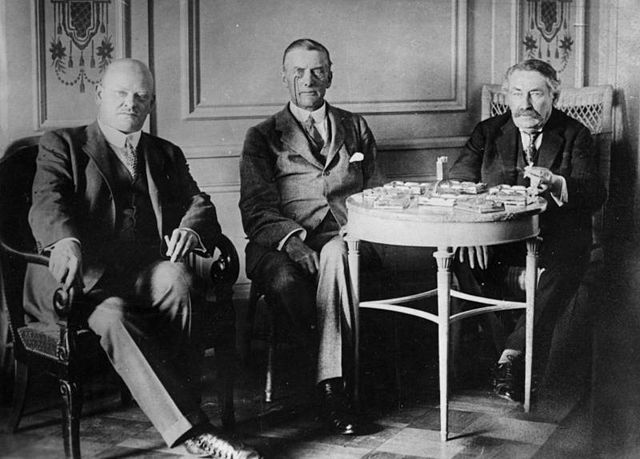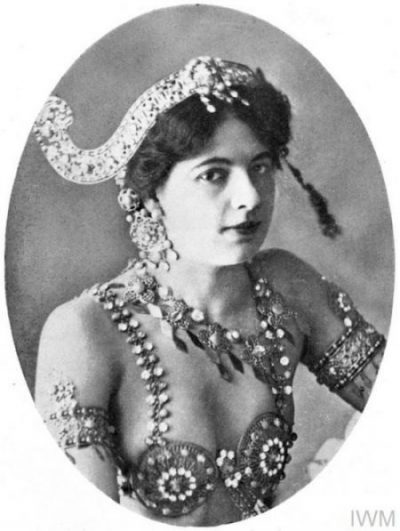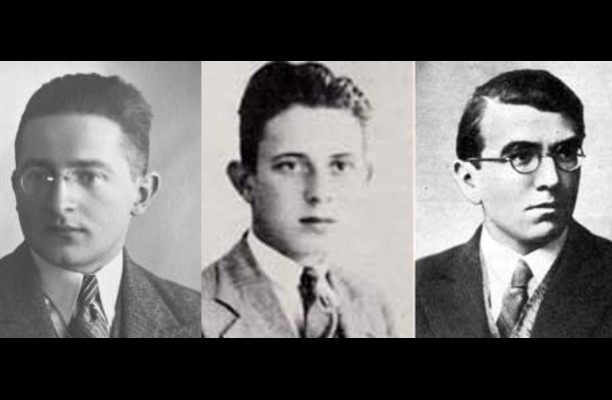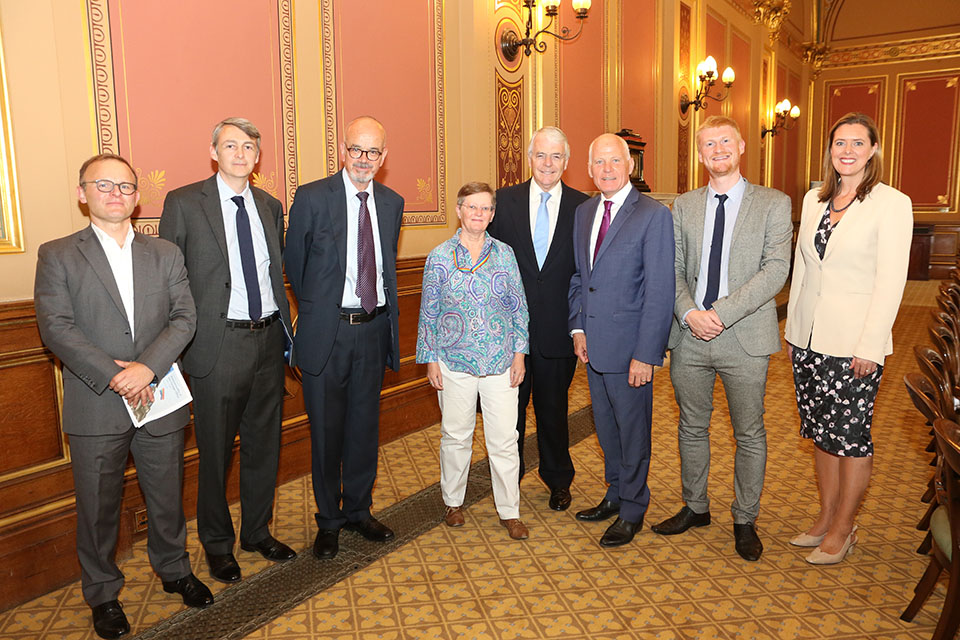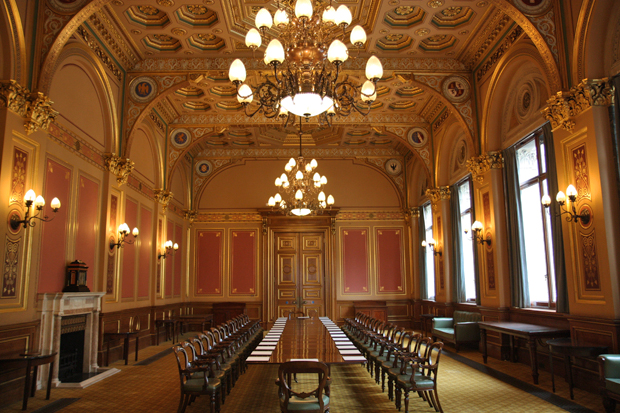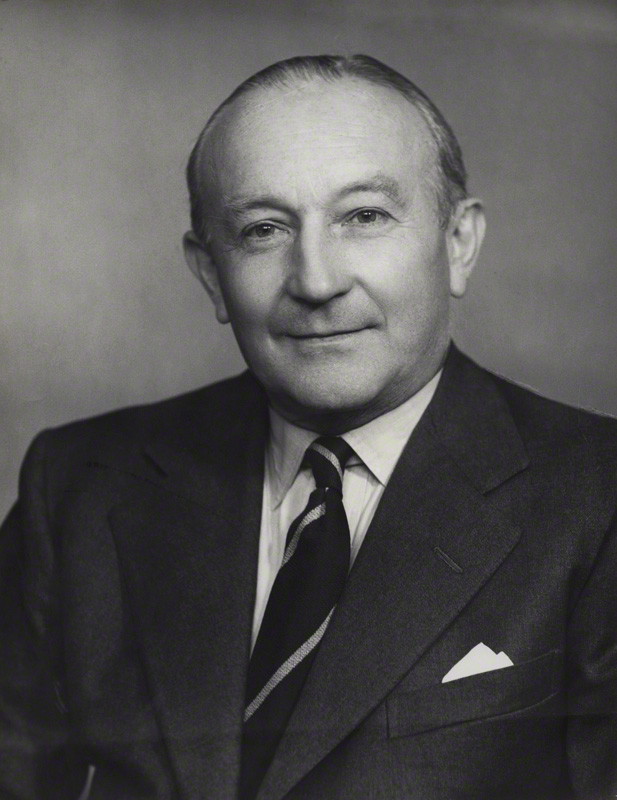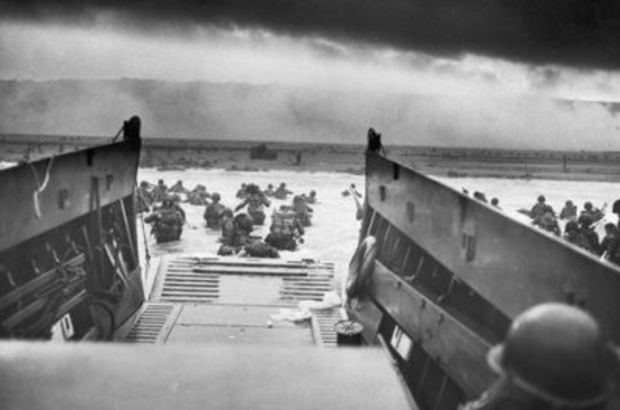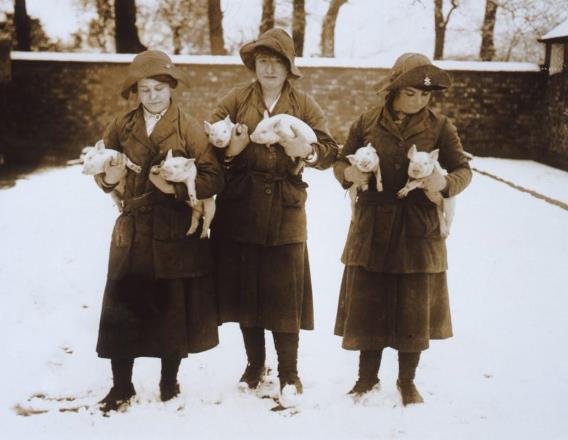Search results for VIPREG2024 today 1xbet promo code Switzerland
1 December 2015 marks the 90th anniversary of the formal signing of the Locarno Treaties at the Foreign Office in London. Named after the town in Switzerland where the treaties...
...arrive and were often written in code in case they were stolen by foreign spies. When his conduct at the 1814 Congress of Vienna was later challenged in Parliament, Castlereagh...
...the war zone was not straight forward. It required the correct permits, and meant transiting through Switzerland, Britain or war-torn Belgium. In December 1915, when returning to France from Holland,...
The 3 Polish codebreakers Marian Rejewski, Jerzy Rozycki and Henryk Zygalski ‘Il y a du nouveau’ On 26 July 1939, in the Pyry Forest south of Warsaw, Polish cryptologists revealed...
...not happen today, and I rejoice in that change. I think that Major’s remarks identify an important lesson for today’s FCO about diversity: if we exclude different types of people,...
...but before a decision could not be made on style, Chamberlain diverted his attention to the Locarno Treaties. Locarno Treaties When the Treaties were initialled in Locarno in Switzerland in...
...evacuating Bornholm, withdrawing forces from Manchuria, establishing diplomatic relations with Switzerland. Roberts thought these moves designed partly to deflect Security Council criticism, and partly because ‘Soviet policy has overreached itself...
...the Normandy shore - @Wikimedia Commons Seventy years ago today, 130,000 American, British and Canadian troops began the largest seaborne assault ever attempted: Operation NEPTUNE, the assault phase of OVERLORD,...
...today, the term remains in use as shorthand for Russian security and intelligence officers. The Cheka’s symbols were the shield and sword, the first to defend the revolution and the...
...that symbolised their service to the war (Figures 3 and 4); a code of conduct (although this was not uniform across the counties), and faced disciplinary action for misdemeanours.[12] Whilst...
